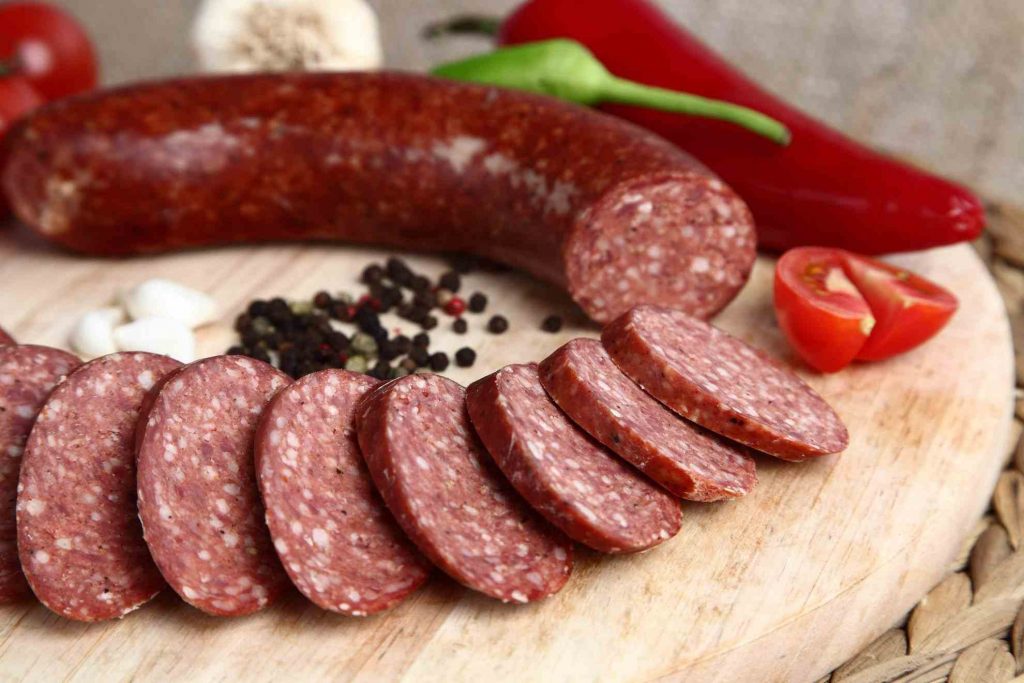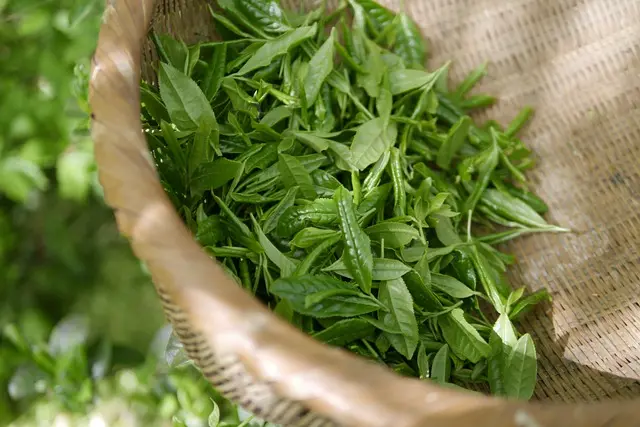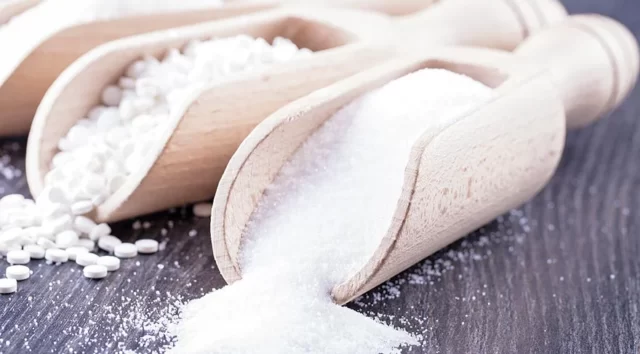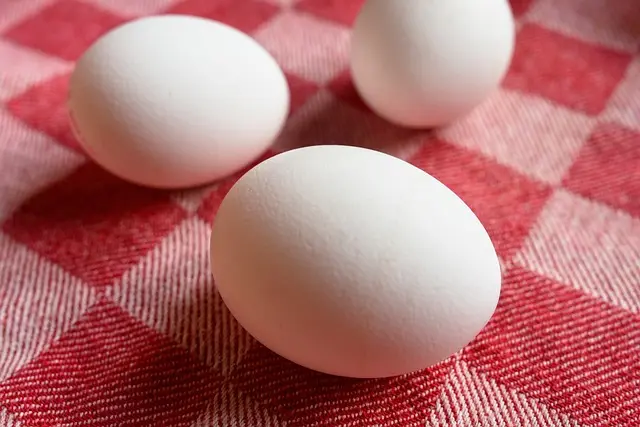
Sucuk is a product loved by many. It takes its place on our tables with breakfasts, pizzas and toasts. Well, have you ever wondered how sucuk is produced? Let’s see together.
Turkish style fermented sausage production stages
Sucuk is a fermented product. The purpose of fermenting meat is to preserve it for a longer period. For sucuk, briefly; We can say that it is a meat product obtained by mixing meat and fat with salt, spices and additives, filling them in natural and artificial casings, and maturing them by keeping them in humidity and air circulation. The following processes are generally applied to produce Turkish sausage.
- First, the raw materials required for production are prepared. The raw materials required in the production of Turkish style fermented sausages are meat and oil. Meat suitable for production should be in the pH range of 5.4-5.8. The oils to be used are usually shell and tail oils. For raw material, we can say that it is appropriate to use 10-20% oil for meat with 80% of its coarse fat removed.
- After the appropriate raw materials are selected, auxiliary materials are prepared. Microorganisms called starter cultures are used in Turkish sausage production. For starter cultures, we can say different strains of microorganisms that initiate fermentation. Thus, the pH drops faster. In addition, color formation is accelerated. In addition to these, aroma and flavor are formed. Then the spices and additives are prepared according to the recipe determined for production. Nitrate and nitrite, ascorbic acid and ascorbates, acidity regulators, etc. additives such as.
- After the ingredients are prepared, it is time to prepare the sucuk dough. Cuter is used to prepare sausage dough . The meat is taken into the cuter after it is taken from the cubed mirror of the meat grinder. Kuter is worked a little and spice and garlic are added. Then the frozen oil is added and the curing process takes place again. At this time, the starter culture and the additives used are added. And so, the dough is ready. Then the prepared dough is taken to the filling machine. The temperature of the meat in the kuter should not exceed 6 ˚C.
- The filling process is made into natural intestines or synthetic intestines. If synthetic gut is used, the instructions for use written on it should be followed. If natural intestines are salty when they are to be used, they should be washed and desalinated. If it is not washed, salt stains form on the sucuk. While filling the dough into the sleeves, the filling process should be done as tightly as possible. If it is loosely filled, it may cause problems during ripening. There should be no air gap.
- After the filling process is completed, the ripening process is done. At this stage, the product-specific taste, aroma and flavor are formed. These formations depend on microbiological, enzymatic, physicochemical and biochemical reactions during fermentation. It can be ripened under natural conditions and ripened under artificial conditions. Maturation in natural conditions is generally applied in small businesses. It is usually done in the fall. It takes between 7-15 days. In this case, the Turkish sausages are checked every day. Changes are made according to the weather conditions. In artificial ripening, it is ripened in rooms whose temperature, relative humidity and air circulation can be adjusted under desired conditions. Generally, the conditions are 15-25 ˚C, relative humidity 75-95%, air circulation 0.5-1.5 m/sec. Ripening time varies according to the room conditions set.
- Turkish Sausages that have matured are packed and stored. The storage temperature should be around 10-15 ˚C and 65-75% relative humidity. Mold growth can be observed in case of high relative humidity and temperature.
Sucuk is produced in this way. Let’s not forget that the parameters here may vary according to companies and recipes.






